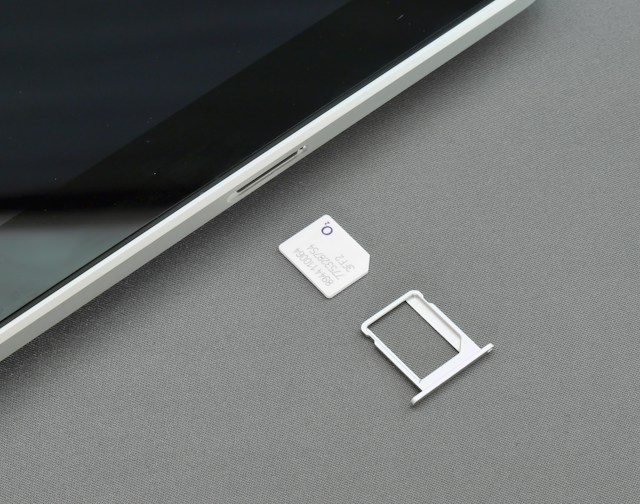Standard SIM

Standard SIM card
Standard SIM cards, also known as 2FF (2nd Form Factor), 3FF (3rd Form Factor), and 4FF (4th Form Factor), have all played a crucial role in the development of mobile phone technology. These various form factors have been introduced to accommodate the changing needs of mobile phone users and to enhance the usability across different devices. In this article, we will explore each of these form factors, their advantages, and disadvantages.
2FF (Standard SIM card)
2FF, also known as mini-SIM or standard SIM card, was introduced as the first generation of SIM cards. Its physical size is 25 mm x 15 mm, making it the largest SIM card in this comparison. Here are some advantages and disadvantages of 2FF SIM cards:
Advantages
- Widespread compatibility
Standard SIM cards have been used for many years and are compatible with a wide range of devices.
- Robustness
The larger size makes them more durable and less prone to bending or damage.
Disadvantages
- Space-consuming
They take up more space in the device, which limits design options for manufacturers.
- Cumbersome replacement
Replacing the SIM card can be cumbersome, especially in devices with internal batteries.
3FF (Micro-SIM card)
3FF, also known as micro-SIM card, was introduced as an intermediate form between standard and mini-SIM cards. Its physical size is 15 mm x 12 mm. Here are some advantages and disadvantages of 3FF SIM cards:
Advantages
- Less space-consuming
The micro-SIM card is significantly smaller than the standard SIM card, providing more space for device design.
- Greater compatibility
The micro-SIM card is compatible with many modern devices, and adapters can be used to make them compatible with older devices.
Disadvantages
- Material loss
When cutting a standard SIM card down to micro-SIM size, there may be material wastage.
- Not compatible with older devices
Older phones and devices may not be compatible with micro-SIM cards without the use of an adapter.
4FF (Nano-SIM card)
4FF, also known as nano-SIM card, was introduced as an even smaller form factor than micro-SIM cards. Its physical size is only 12.3 mm x 8.8 mm. Here are some advantages and disadvantages of 4FF SIM cards:
Advantages
- Minimal space consumption
The nano-SIM card is extremely small, allowing manufacturers more space for other components.
- Compatible with modern devices
Most new smartphones and tablets use nano-SIM cards.
Disadvantages
- Material loss
Just like with micro-SIM cards, there may be material wastage when cutting a larger SIM card down to nano size.
- Compatibility issues
Older devices usually aren’t compatible with nano-SIM cards without the use of adapters.
Overall, each form factor has its own advantages and disadvantages. The choice of SIM card size depends on the device’s design and the user’s needs. While nano-SIM cards are the most common form factor today, it’s important to remember that older devices still use standard and micro-SIM cards, so compatibility can be an important factor when choosing the right size for your device.


